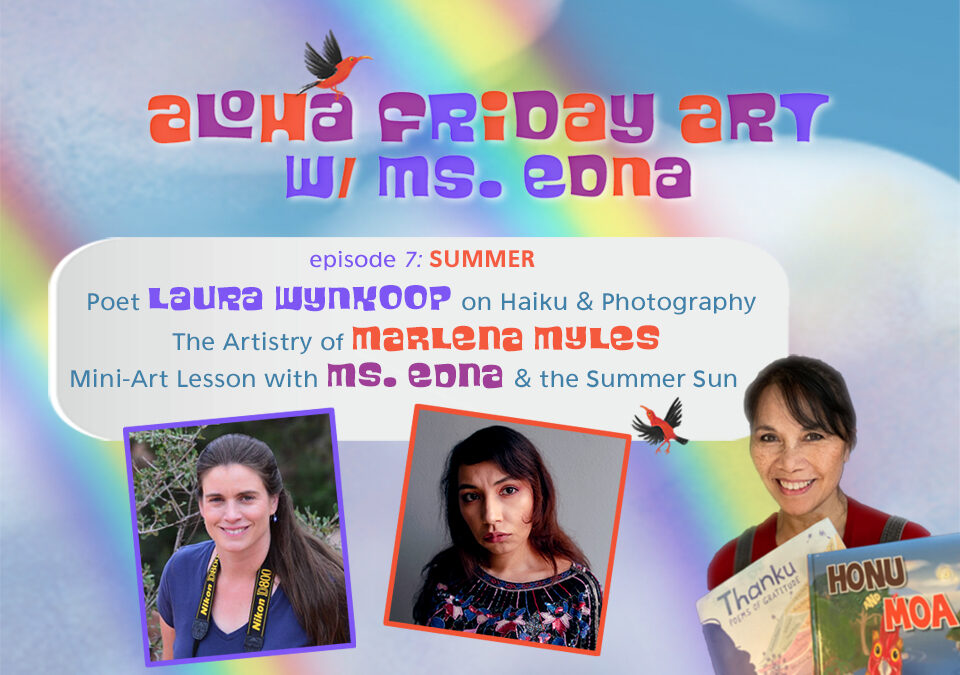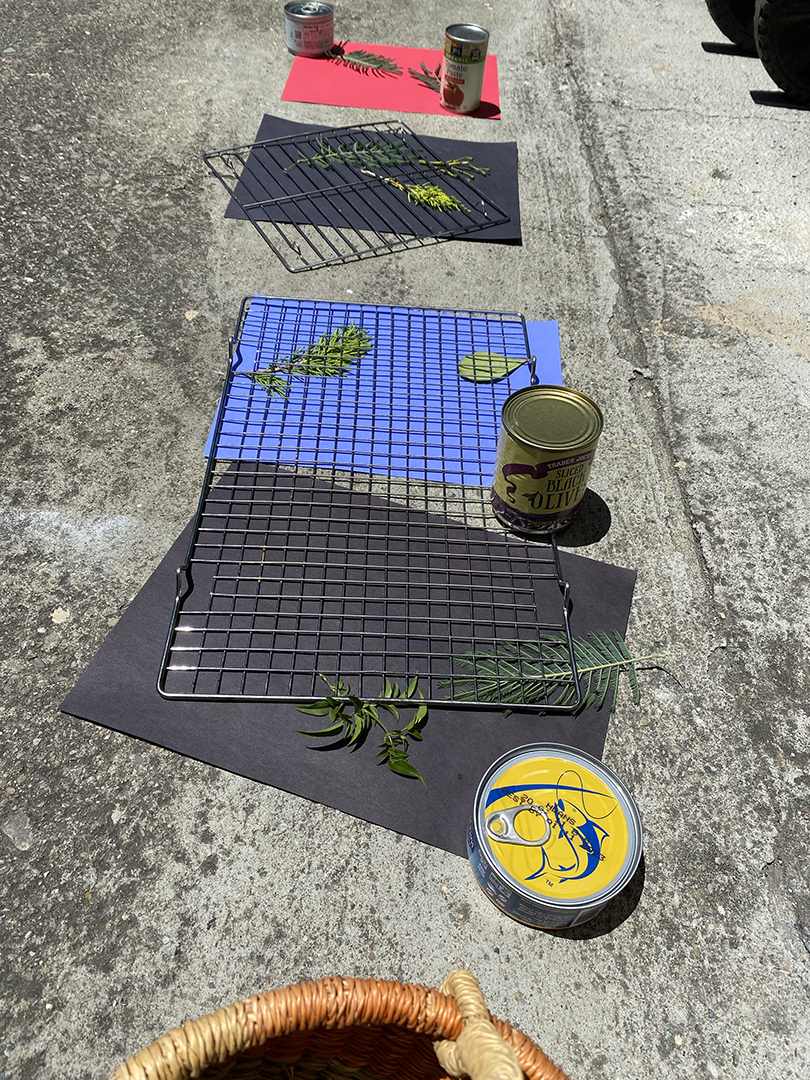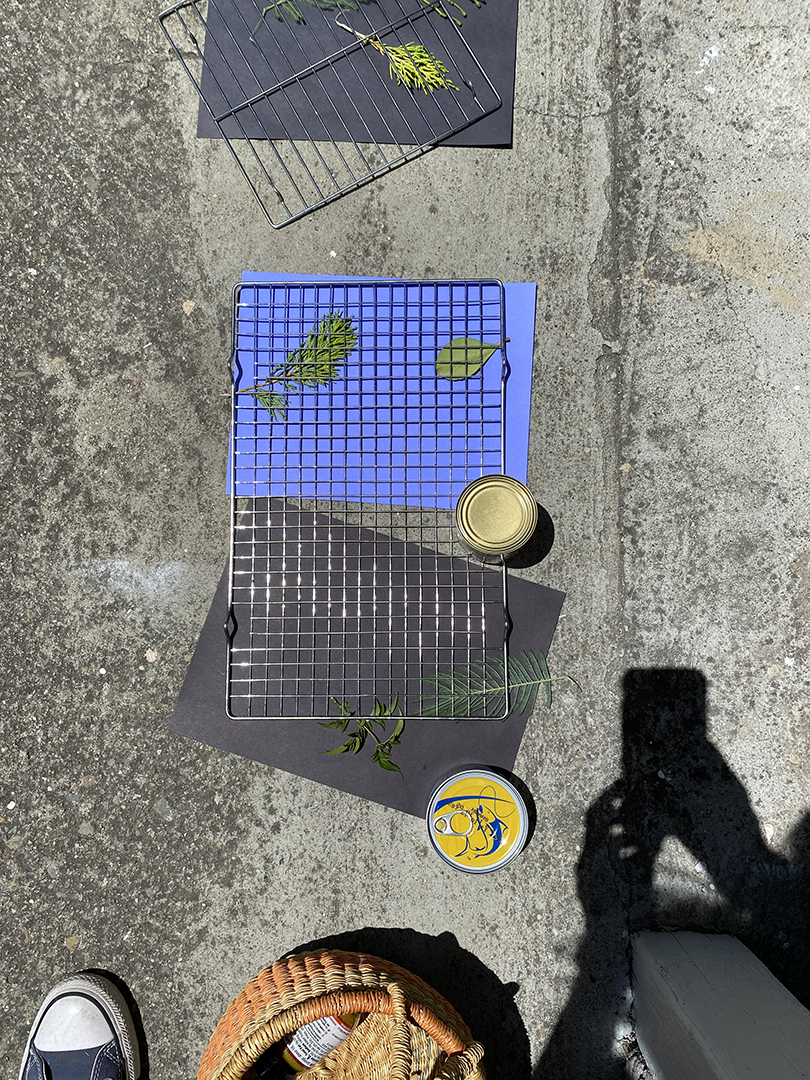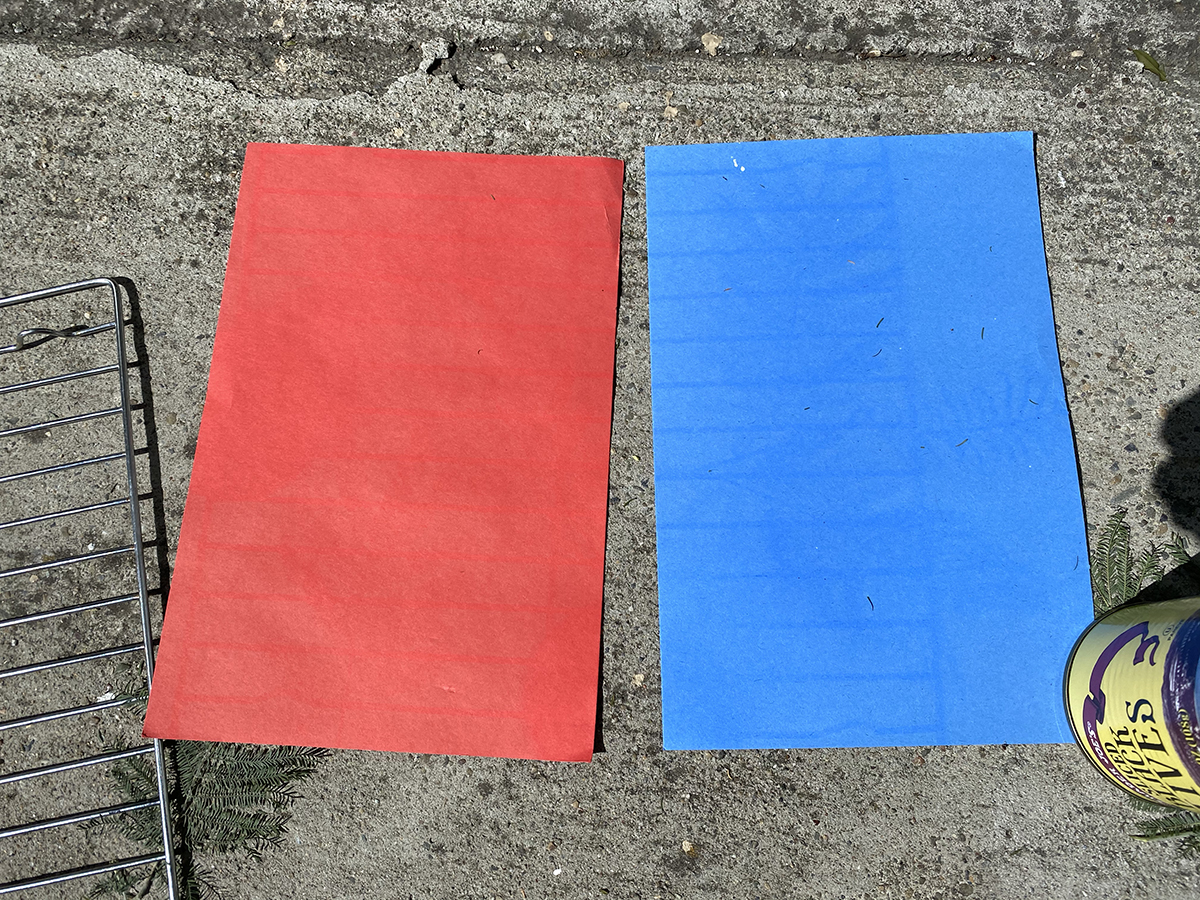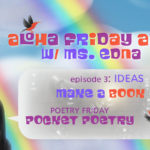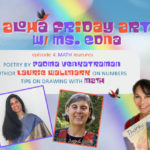Welcome to Aloha Friday Art, episode 7– Celebrating SUMMER Solstice with all the delights and discoveries at the start of season. Above Photos: Laura Wynkoop (Poet & Photographer), Marlena Myles (Artist & Animator) & Edna Cabcabin Moran AKA Ms. Edna (with the most recent books she’s written & contributed to). Aloha Friday Art runs every other week–the next episode, no. 8 is out on Friday, July 3rd.
Inside Episode 7:
A Long View: HAIKU & Photography w/ Poet, Laura Wynkoop
INTERVIEW with Artist, Marlena Myles
Try This: Summer SUN PRINTS with Ms. Edna
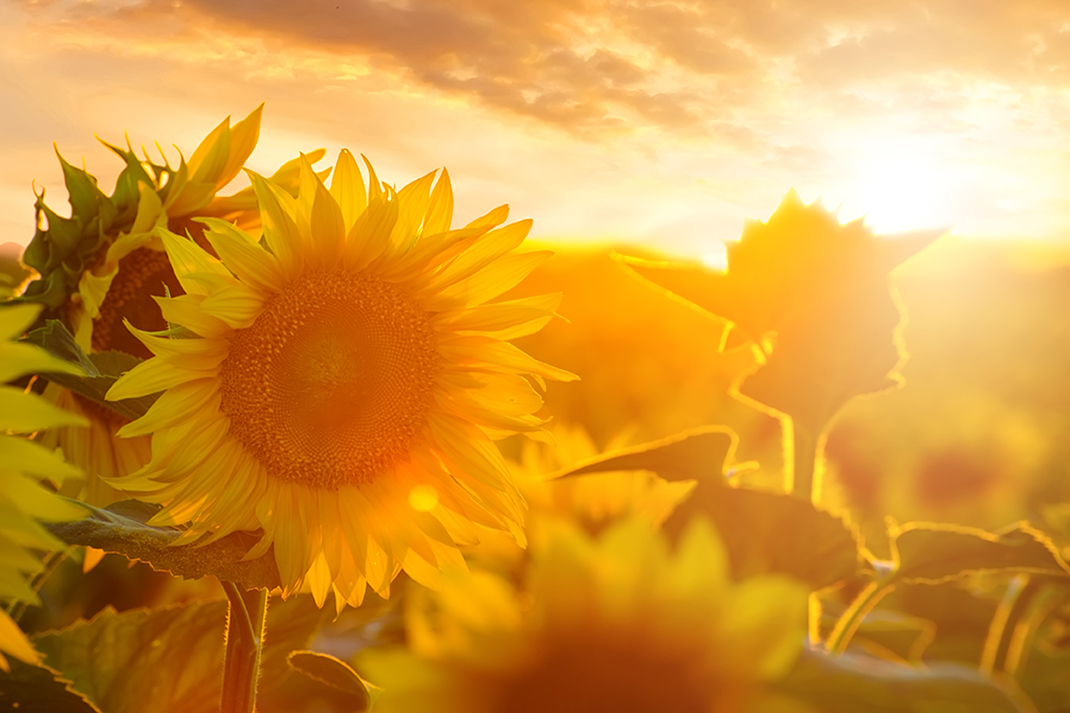
When the sun is shining I can do anything; no mountain is too high, no trouble is too difficult to overcome.
~Wilma Rudolph, Olympic Gold Medalist
A WORD FROM MS. EDNA
I’ve known Laura Wynkoop as a friend and critique partner, as well as, poet/ photographer and editor–a gal with many talents. Laura co-edited the middle grade poetry anthology, Eyeball in My Garden And Other Spine-Tinging Poems (Marshall Cavendish), where my first published middle-grade poem appeared. Enjoy Laura’s stories, tips and insights in the following zoom video interviews (pardon a few internet glitches) and be inspired! ~ECM
The Long View of Haiku: A Convo with poet/photographer, LAURA WYNKOOP
ABOUT THE VIDEO: Poet/Photographer, Laura Wynkoop, offers insight and inspiration on the art of writing poetry and photography. In Part 1, Ms. Wynkoop shares her backstory and intro to Haiku.
ABOUT THE VIDEO: The interview with Laura Wynkoop continues in Part 2 with a reading and showing of Shahai (photos with haiku), as well as, tips on how to write authentic Japanese Haiku. (Hint: It’s not based on syllabic count.)

Laura Wynkoop lives in the foothills of the Colorado Rockies. She is an author, photographer, and fifth grade teacher. When she’s not working, she loves reading, gardening, hiking, horseback riding, and enjoying the great outdoors with her family. She has sold poetry, stories, articles, and crafts to a variety of children’s magazines. She also edited and contributed to AN EYEBALL IN MY GARDEN—AND OTHER SPINE-TINGLING POEMS, a middle grade anthology from Marshall Cavendish Children’s Books. Please visit her website at www.LauraWynkoop.com.
HOW I MET MARLENA MYLES
My first introduction to Marlena was through her colorful, whimsical and striking illustrations for the picture book poetry anthology, THANKU: Poems of Gratitude (Millbrook Press). As one of 32 poet contributors in the book, I had the pleasure previewing her creative process for the book. I appreciate how Marlena interpreted my poem along with the others–and such a joy to see the book come together with her amazing illustrations. “ThankU” to Marlena who graciously agreed to being interviewed for this summer solstice inspired summer episode of Aloha Friday Art. ~ECM
On Making Art with Deep Roots — An Interview with Artist/Animator, MARLENA MYLES

ECM: Why did you become an artist?
MM: I think I was just born to be an artist. My grandmother, who was an artist too, always gave us art supplies for birthdays and holidays. My mother created traditional beadwork and we watched her all the time as she made beautiful pieces. So really, being artistic is just a natural thing in my family.

In school, they let us play on computers so I created my first art in a program called KidPix in the mid-90s. I really loved computers so we were one of the first people we knew to have one at home in the late-90s, so I spent a lot of time happily being a “computer nerd.”
As I got older and more mature, I always had inner ambitions about creating works that honored my ancestors, so I made a plan of computer programs I would have to learn, techniques I would have to learn in order to bring my visions into reality. Once I found that purpose, it became clear to me that I should become a professional artist. I want my current piece to teach my culture to the younger generations, make it easier for them to learn our Dakota language and see our artforms being created with modern technology.
ECM: What are the challenges and joys of being an artist?
MM: Growing up in South Minneapolis, I found ways to find an inner strength by creating art. Now that I’m a professional artist, one of the joys is going back to my old neighborhood to teach about my art and the ways it has empowered me. I create resources and learning materials to help fill the void of things I didn’t have growing up so that the next generations won’t have the same struggles. Researching and sharing what I learn through my art fills my heart with satisfaction, doing what I can to make a positive impact.

The more I learn about my culture, the more it empowers me. That inner strength I find in it, I try to pass that onto the youth so they will always have it on their journeys through life.
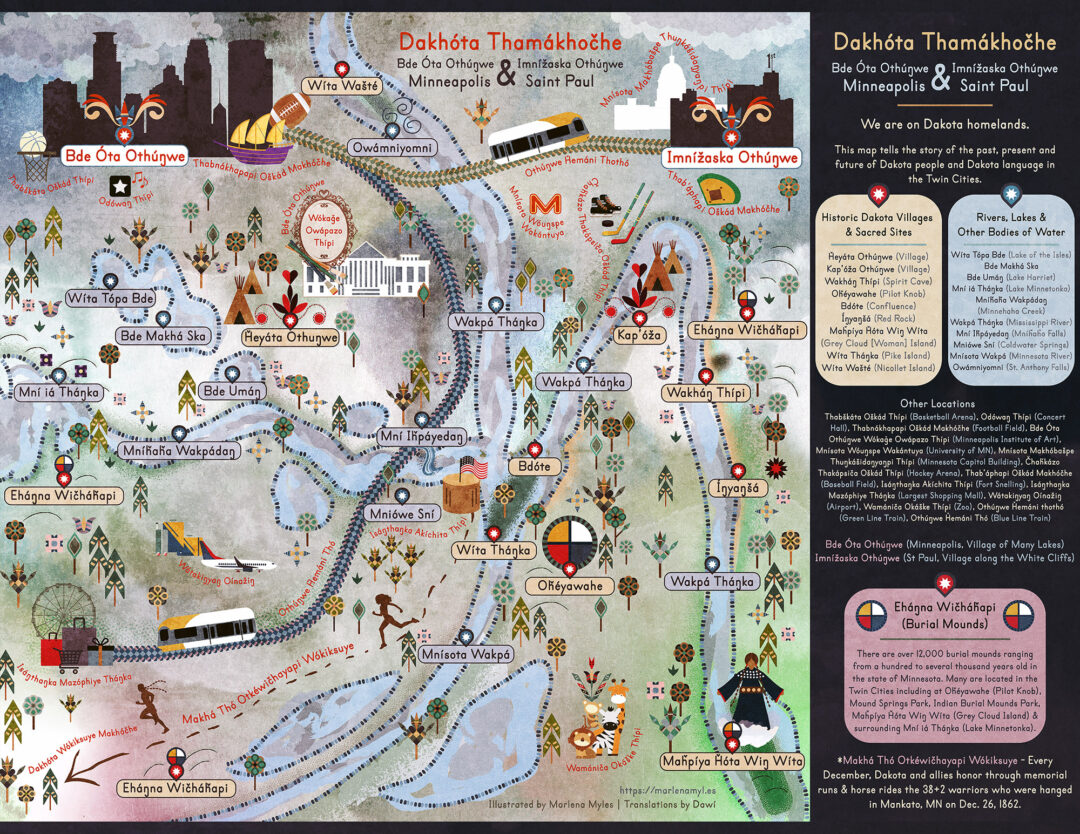
Marlena recommends these books sharing authentic Lakota stories
Tasunka: A Lakota Horse Legend
by Donald F. Montileaux
Takoza: Walks with the Blue Moon Girl
by Tara Perron
Tatanka and the Lakota People
by Donald F. Montileaux
ECM: How did the idea of painting Sun Spirit come to you?
MM: Dakota people have an epic creation story of how the universe was created and how everything is intertwined through that creation. So the Aŋpétu Wí piece (Dakota Sun Spirit) is just one of the eight most powerful spirits to come from Wakháŋ Tháŋka (The Great Mystery, similar to how it’s still very mysterious how the Big Bang created/started the universe).
I graduated high school in the Black Hills of South Dakota, near the Badlands, which is where this piece is situated. The heat of the sun, the brightness of the skies all stuck in my mind as signs of the sun’s power, so that’s also something I wanted to include. My ancestors would find the fish fossils in the Badlands, so they would tell how there used to be dangerous water serpents long ago to explain their existence. Those serpents known as Uŋktéȟi were responsible for flooding all the nearby villages so the spirits stepped in to answer the people’s prayers for help. There was a great battle between those serpent spirits and the Wakíŋyaŋ, Thunder Beings. The Sun Spirit delivered the final blow by drying up the waters and they say the formations in the Badlands are the Uŋktéȟi’s bones.
ECM: What was most rewarding about creating the Sun Spirit painting?
MM: While researching the piece, I learned about the sacredness of the cottonwood tree, how it is used in the Sun Dance, how sunflowers worship the sun and because of their dedication, wherever they grow is sacred and was able to share that in my art piece. This piece was displayed at the Minneapolis Institute of Art, the biggest art museum in Minnesota. I would go there all the time when I was younger and never once did I think my art would be on the same walls as great artists like Picasso, Monet, etc. So that was a pretty remarkable experience.
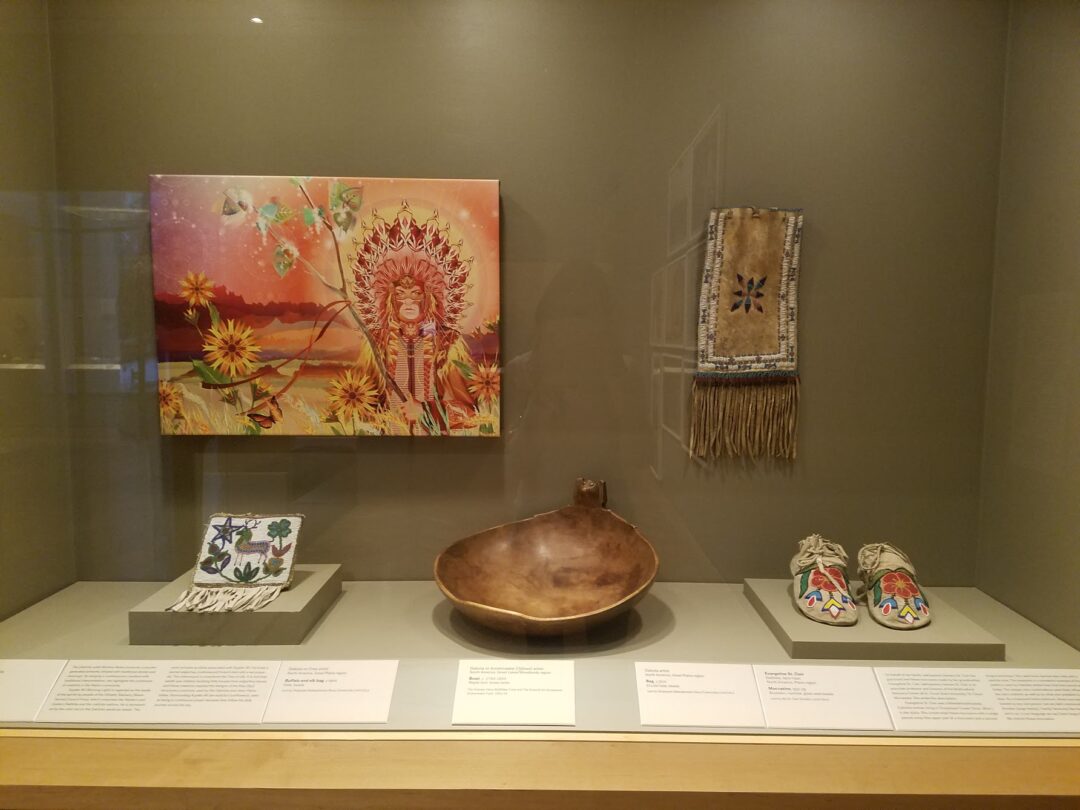

ECM: What advice do you have for young artists?
MM: My advice is to experiment with many different art forms and not be afraid to create mixed media artworks. Find a greater purpose for your art, use it to build bridges, bring healing to those who need it and don’t be afraid of taking risks. Always find a way to keep growing as an artist.
Expanding into new art forms is what I continue to do. Years after finishing the Aŋpétu Wí piece, I learned to animate it (self-taught in all my artforms) and created a music video for Dakota poet John Trudell’s “Look at Us.” I wanted to create a memorial piece that shares Trudell’s words with a wider audience as I don’t think he gets enough recognition for his powerful writing.
Learning about the symbolism behind butterflies in L/Dakota cultures, I used to connect my artwork with his song: butterflies carry stories on their wings of the places they’ve been, how they represent departed spirits and new life, how they encircle what is precious. Those are the meanings of the butterfly in this animation, as they escape Iŋktómi’s (the spider) tricks with the help of Aŋpétu Wí, the L/Dakota sun spirit. The glitch effects represent the way humans are corrupted from the natural ways, as Aŋpétu Wí tries to illuminate the path for us to find balance again.
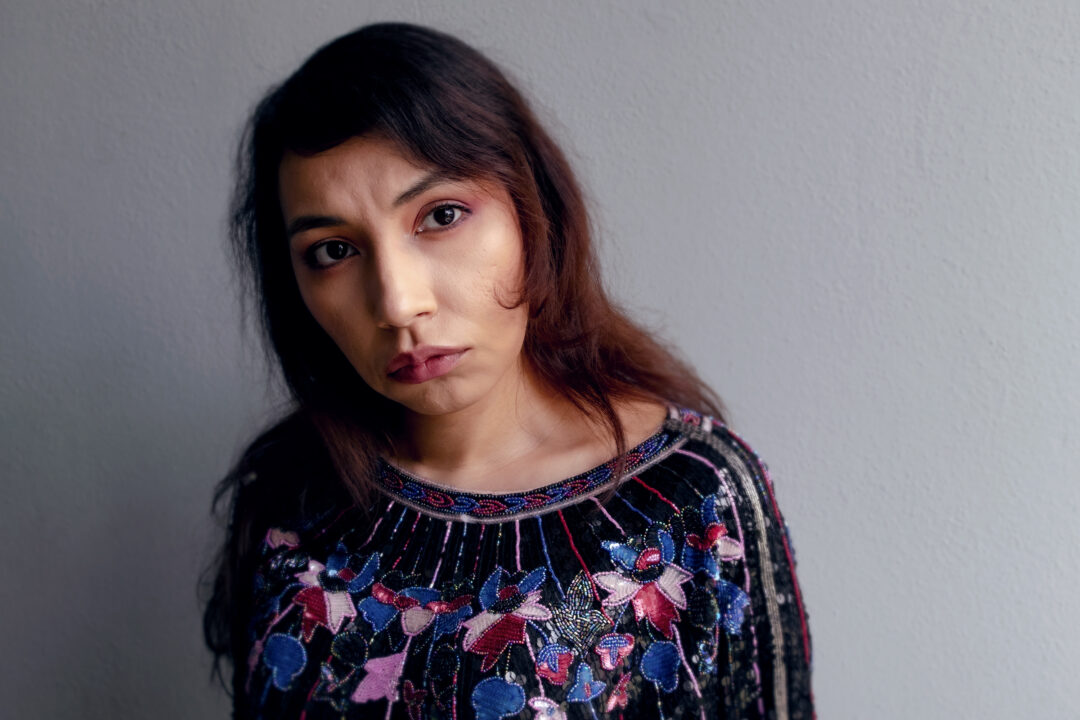
Marlena Myles is a Spirit Lake Dakota/Mohegan/Muscokee Creek artist and designer. She uses her art to celebrate her Indigenous culture and language and to help the public understand the significance of Native oral traditions and history.
She is the illustrator of the award-winning poetry anthology picture book, THANKU: Poems of Gratitude.
Find out more about Marlena at https://marlenamyl.es/
Easy Summer “Sun Prints” by Ms. Edna
HERE’S SOMETHING TO TRY ON A BRIGHT SUMMER DAY using common materials found at home, or in the classroom, or art room: Sun Prints. No need to buy special photographic paper unless that’s what you want. All you need is construction paper (paper info below) a few household materials, a sunny spot, a good chunk of time (tip: stick around and make something else while the sun does its part), and a curious mind because this is also an interesting STEAM experiment!
INSTRUCTIONS
- Gather the following items: •Construction Paper (medium to dark colors, blues and purples seem to work best), •Leaves, stems, flowers, etc. • Household items for weights and designs (eg. cans, cooling racks, or anything you can think of that has a pattern or shape in it. See no. 3 for examples and/or come up with your own ideas).
- Find a sunny spot to set up your Sun Prints. Ideally, the spot will be shadow-free, protected from wind and other “interruptions” and will stay sunny for a long time (between 11 am-1pm are good times to start because the sun will be at its zenith, its highest position in the sky).
- Make interesting designs: Arrange the items on the construction paper in whatever way you like. Keep in mind that anything that is “open” will be exposed to the sun. Tip: Experiment with small cans, cooling racks, small grills or anything that has a pattern or shape. Try combining materials like fabric lace or paper with holes and designs weighed down with stones or other heavy objects to keep them from moving.
- Leave the Sun Prints under the sun and let the sunshine do its “work.” Suggested times: 1 hour minimum to 4-5 hours for maximum effect.
- Return to your Sun Prints. Results will vary depending on the construction paper brand and color of paper.
- Enjoy your creations! Here are a few ideas: Decorate with lines using white or light-colored pencils. Turn your Sun Prints into cards and pictures. Take a digital photo of them and use as background or texture for your art projects. What will you think up?
A STEAM Question:
How does the color of construction paper effect Sun Prints?
TRY OUT different colored construction paper and see what you think. Spoiler Alert: Blue-colored papers seem to work best. Even the photographic sun print papers you can buy are blue. Why is that? Perhaps for the same reason the sky is blue? Watch the video & visit this site.
From ALOHA ART FRIDAY creator, Edna Cabcabin Moran (AKA Ms. Edna): This free series grew out of a compilation of art projects, references and materials and an interest in sharing new perspectives and approaches by creative makers of all kinds. The majority of content in this series is either created and/or sourced from public domain or stock art by me except for feature writings, artwork or other media by other creators who have given their express permission for use in ALOHA FRIDAY ART. If you have any questions pertaining to any content in this series, please send me an email query at info (at) kidlitedna (dot) com. Thank you! ALOHA FRIDAY ART ©2020 Edna Cabcabin Moran. All Rights Reserved.

